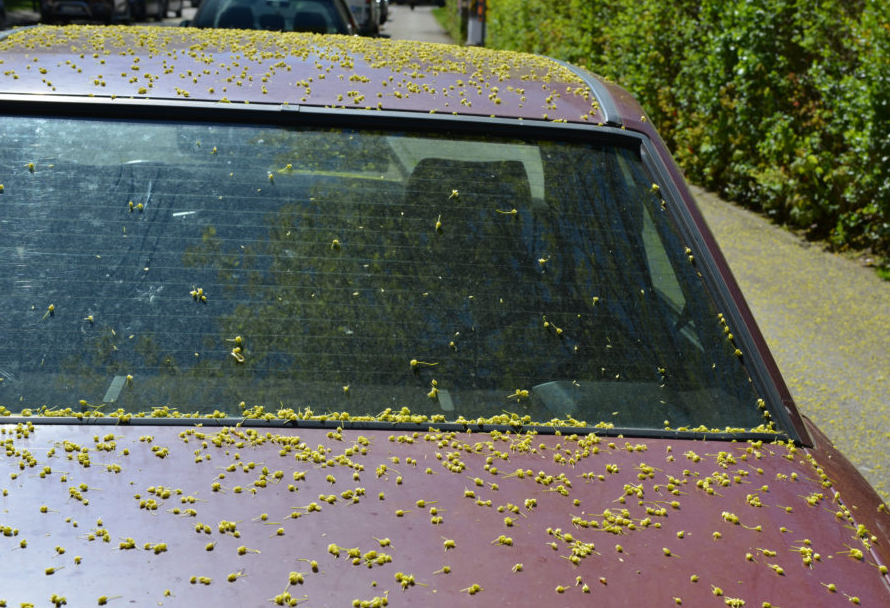
I had never heard about Cedar Allergy until I moved to South Central Texas in 2012. As an allergy sufferer myself, the first year in San Antonio was a true bliss. “Wait for the second year and cedar will hit you”, they said. Sadly, they (my Texan friends) were right. The second year living in Texas was memorable for the back to back upper respiratory infections and then “The Cedar”. I had not used my quick relief asthma inhaler in years until then, not to mention prednisone. Itchy eyes (severe), nasal congestion, runny nose, sneezing spells, post-nasal drip and cough were the troublesome symptoms. I was clearly not prepared to handle cedar allergy.
Mountain cedar (Juniperus ashei, Cupressaceae) pollen is a major cause of seasonal hypersensitivity in the central USA. The cedar season in South Central Texas usually goes from mid-December through mid-February. Interestingly, a recent (2019) study by Bonds R. et al found sensitivity to tomato, banana, and apple should be considered in cedar-sensitive patients based on allergic reaction of their lips, mouth, and pharynx after eating native fruits and vegetables. Mountain cedar’s pollen has not stopped surprising me as new data arise about all the various symptoms it can cause.
The good news is that once mountain cedar allergy is confirmed in an individual (usually by skin allergy testing), most people can prepare ahead of time with an individualized treatment plan before the cedar pollen season reaches its peak. People who suffer from allergies should consider visiting a Board Certified Allergist for diagnosis and treatment recommendations. At Allergy & Asthma Texas Health, Together We Can!


